Lotus fiber
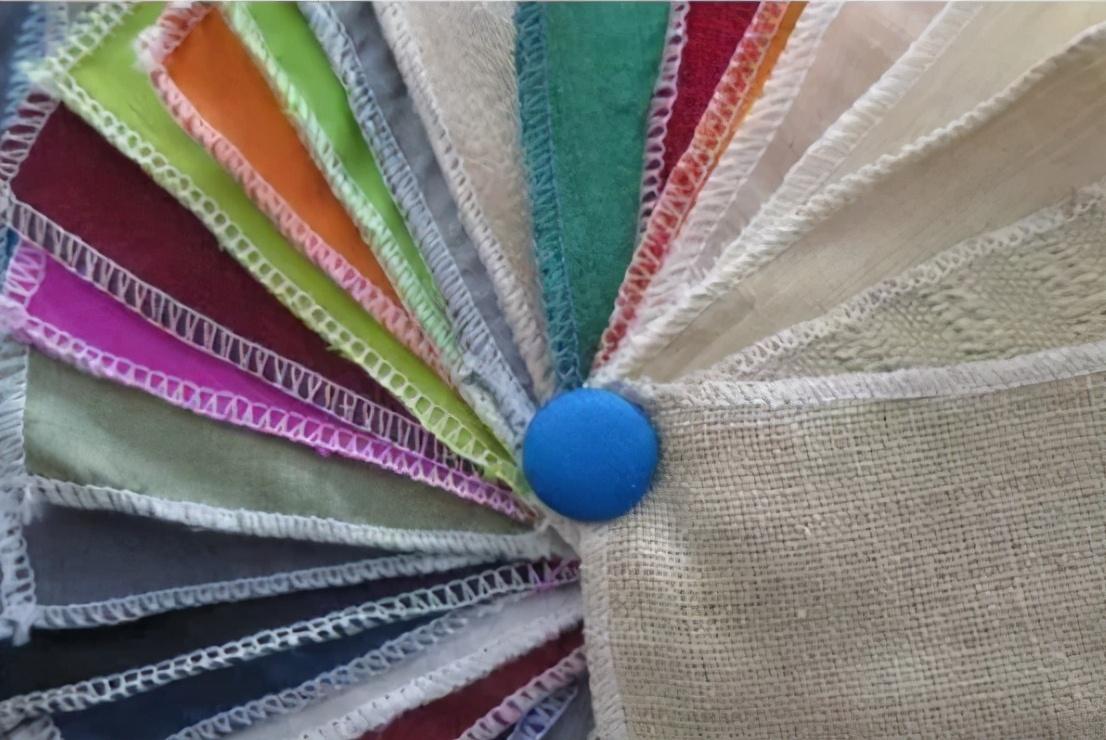
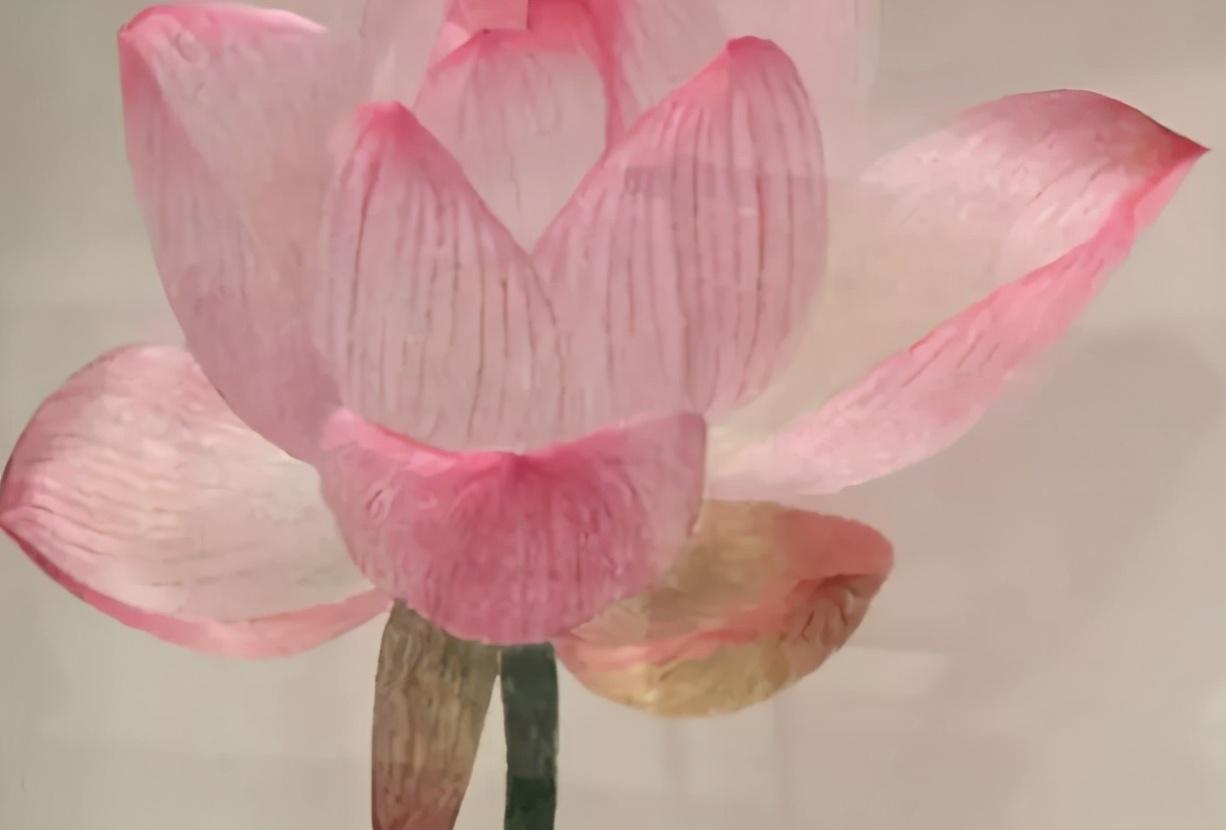
In countries such as Thailand and Myanmar, villagers use lotus fiber to weave precious The history of fabrics goes back hundreds of years.
This weaving process is very labor-intensive and time-consuming. After people collect lotus flowers from the lake, craftsmen cut the ends of the stems into thin slices and pull out long and thin fibers from the center. This work must be completed within three days of cutting, otherwise the quality of the fiber will deteriorate. The resulting fibers are washed and dried, and the resulting fabric is extremely luxurious, with a blend of silk and dark linen, and most importantly, very environmentally friendly.
It is reported that LoroPiana, Italy’s top cashmere brand, is one of the high-end fashion brands that uses lotus fiber fabrics.
Coffee grounds fiber
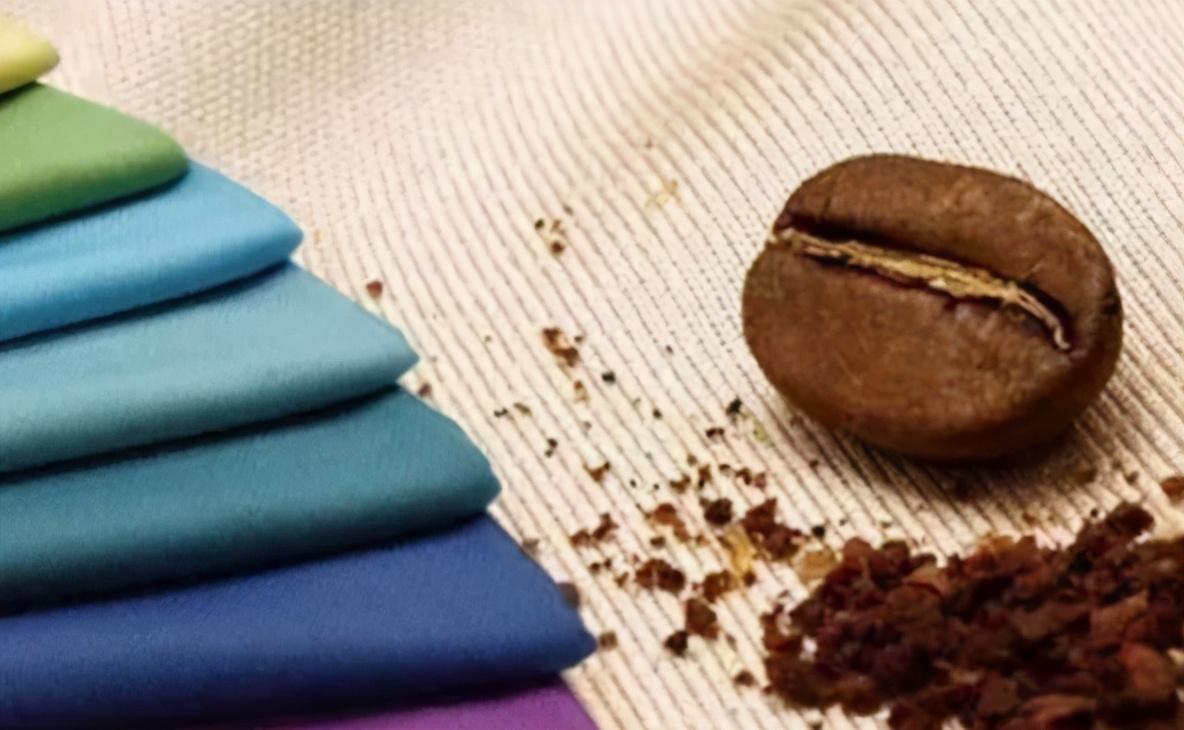
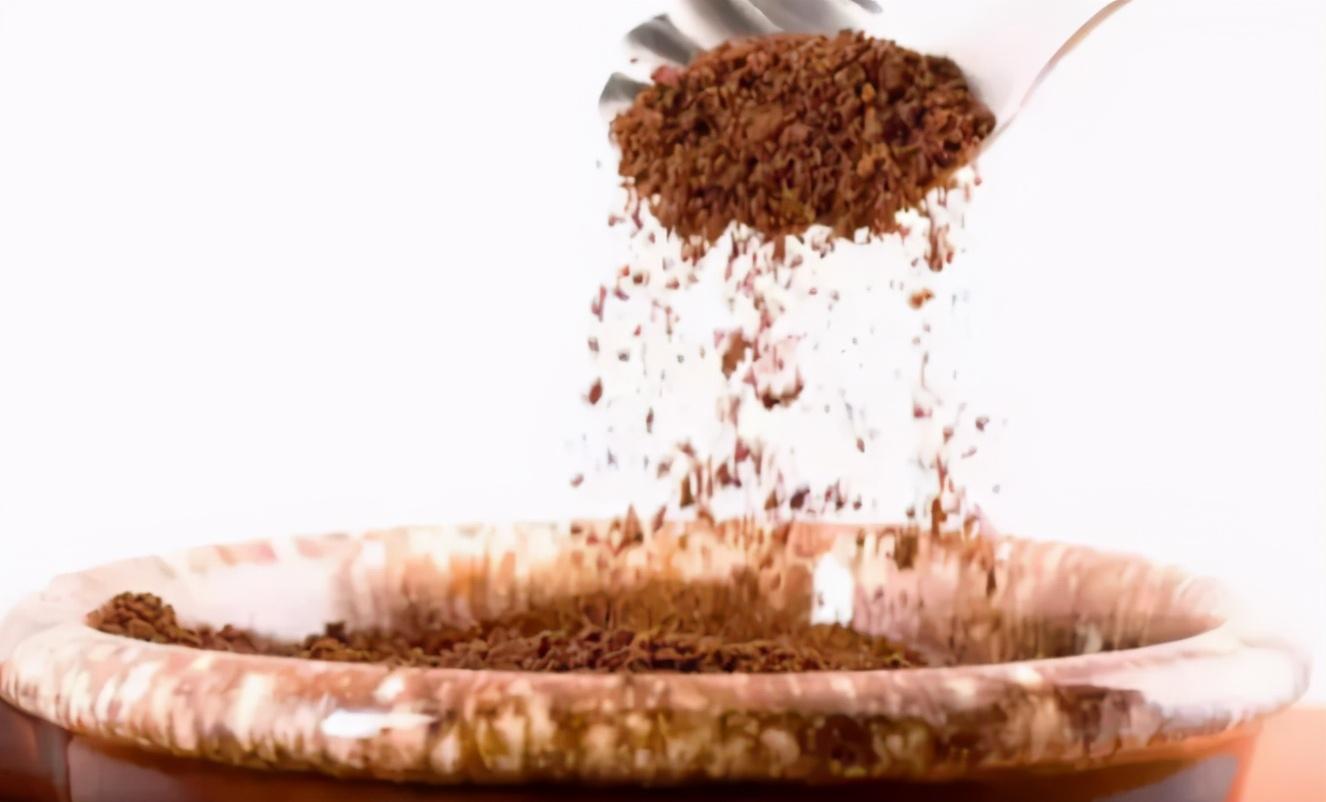
S. Café eco-friendly yarn is sustainable A typical example of fabric innovation was developed by Singtex, a Taiwanese textile company. Spun from coffee grounds, the yarn is strong, UV-resistant, quick-drying and recyclable.
According to the Singtex official website, the yarn has been processed at low temperature, high pressure and energy saving, and blended with coffee grounds fiber, changing the original characteristics of the fiber. Compared with traditional cotton, the quick-drying effect is twice as fast. At the same time, it is more environmentally friendly and economical to use waste coffee grounds from the coffee industry as raw materials.
Pineapple fiber
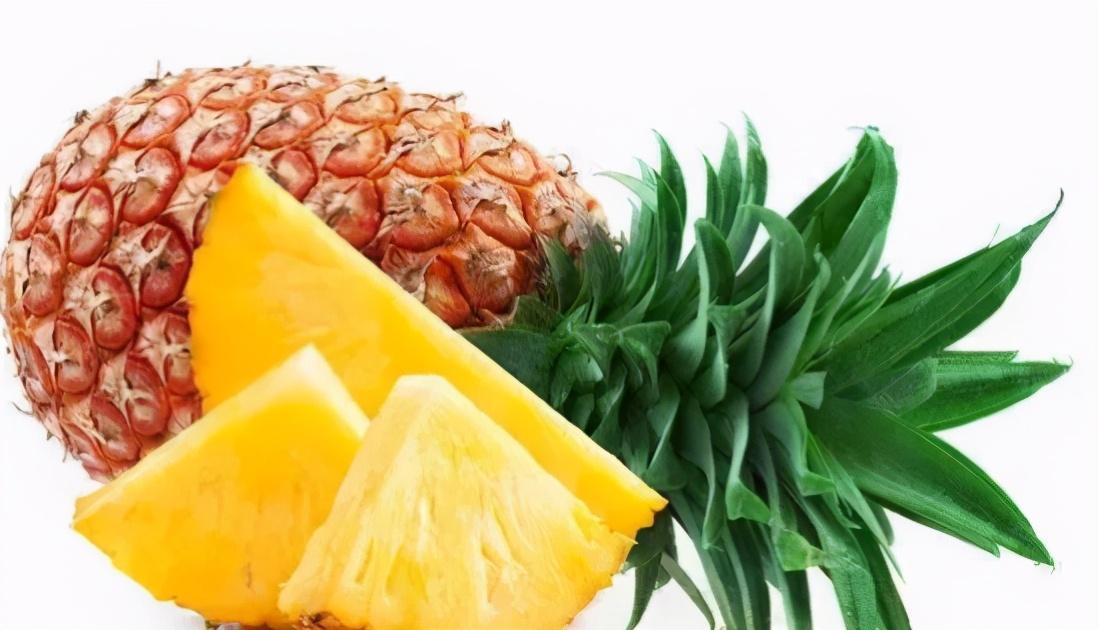
Can pineapple leaf fiber be used to produce the effect of real leather? Sounds like this It’s hard to believe, but British Textile Co.
Ananas Anman uses pineapple leaves as raw materials to extract the natural fiber Piñatex. The texture of this fiber is very similar to leather. This leather alternative was discovered by Dr. Carmen Hijosa from the Philippines, who had worked in the leather goods industry for many years and witnessed the serious environmental and ethical threats that leather goods making poses.
The production process of Piñatex fiber is different from traditional leather and does not use toxic chemicals and heavy metals. These two raw materials are extremely harmful to the environment and production workers. Secondly, pineapple fiber does not contain any animal by-products, but uses discarded pineapple leaves as raw materials, making it the best substitute for leather products.
The production of Piñatex requires no land, water, pesticides, fertilizers and produces no waste. Not only that, Piñatex has created new industries for tropical countries such as the Philippines where pineapple trees are abundant, bringing additional income to local farmers. Carmen Hijosa hires local farmers in the Philippines to collect pineapple leaves and extract fibers from them. All these fibers are shipped to Spain for processing into non-woven fabrics, which are eventually sold around the world.
These non-woven materials have a similar appearance to canvas, including four colors, dark gray, cream, brown, and metallic gold. They are hard in texture and can be mass-produced. They can be processed into shoes after printing and dyeing. , bags, furniture, and even extends to the automotive and aviation fields. Well-known brands Puma and
Camper has already produced samples using this fabric. There are also some international companies that have begun selling handbags, boots, flats, etc. made of this material.
Hemp fiber
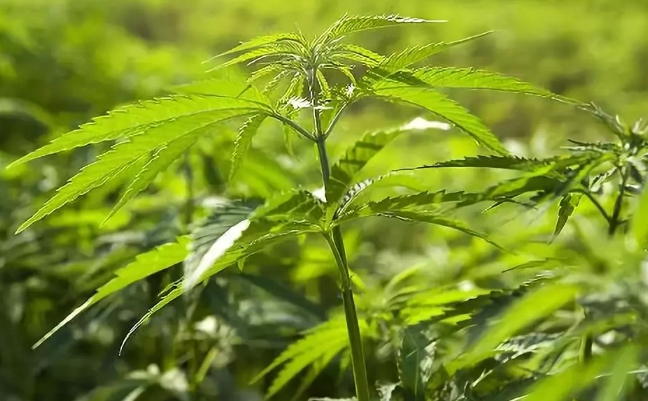
Hemp fiber is one of the most versatile natural fibers and has Heavy, burlap fiber texture. Today hemp fiber can be blended into a variety of fabrics.
In addition, cannabis is a fast-growing plant that requires less water and requires no herbicides, pesticides, synthetic fertilizers or genetically modified seeds. In contrast, cotton requires more water to grow, has a longer growth cycle and lower yields.
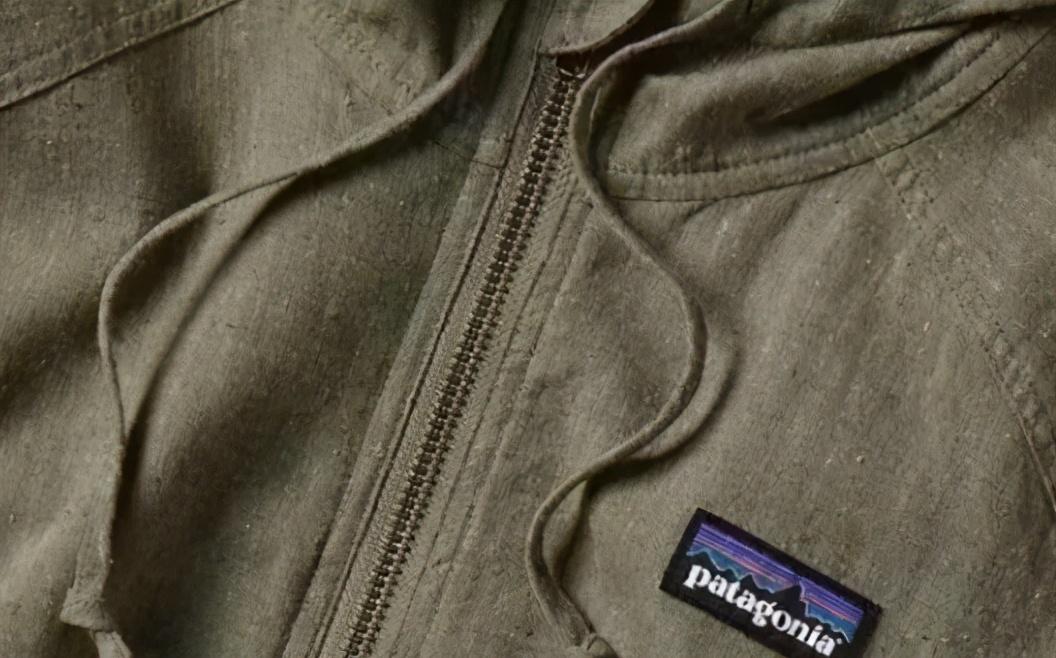
The jeans fabric currently produced by some companies is a durable twill fabric woven from linen and hemp fibers, which is 100% biodegradable.
Nettle fiber

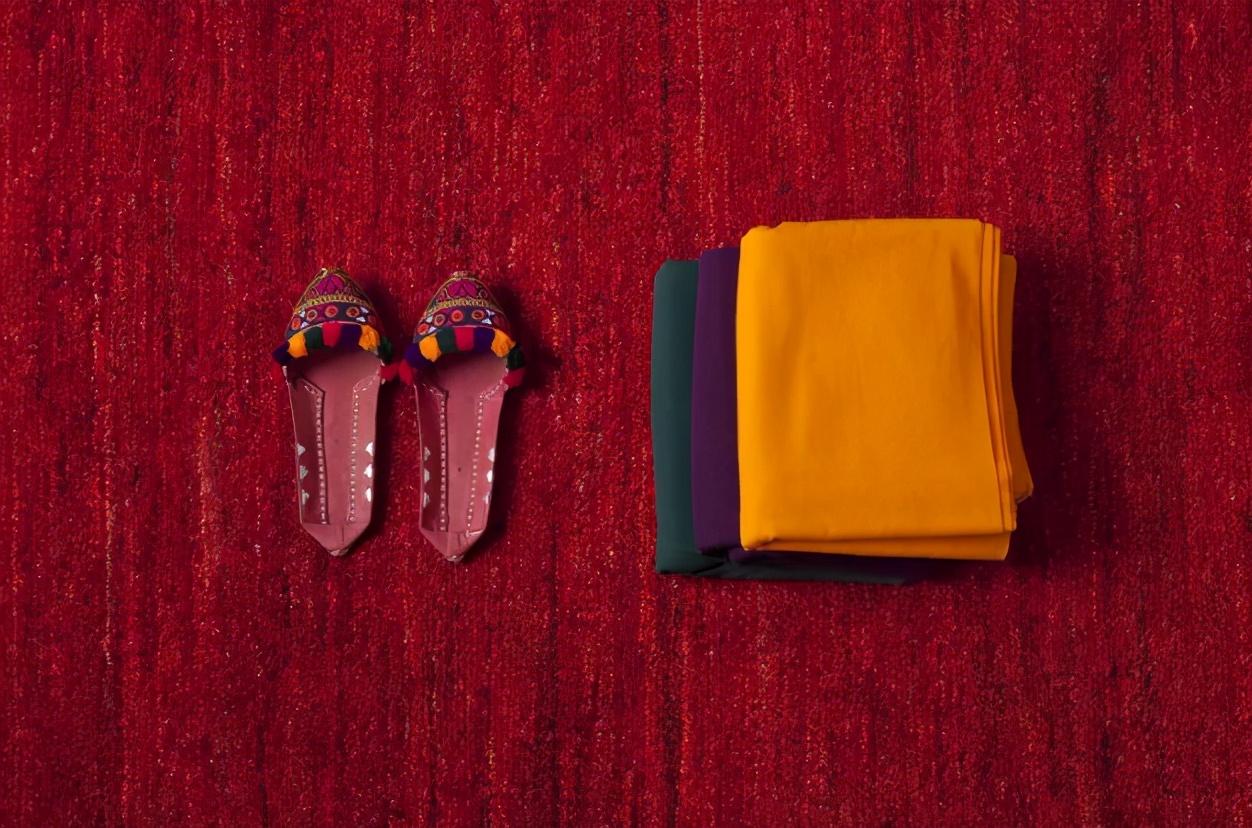
Swiss nettle fiber and yarn supplier SwicoFil introduced that the use of nettle fiber to replace cotton is based on the current serious threat to the environment in the fashion industry.
Nettle fiber has the advantage of being warm in winter and cool in summer. Humans were the first to use nettles to make clothing.The history of �� can be traced back to Denmark 2,000 years ago. This fiber is easy to obtain and use. It can be blended with other fibers or woven into fabrics alone. Its future application prospects are very bright.
Banana fiber
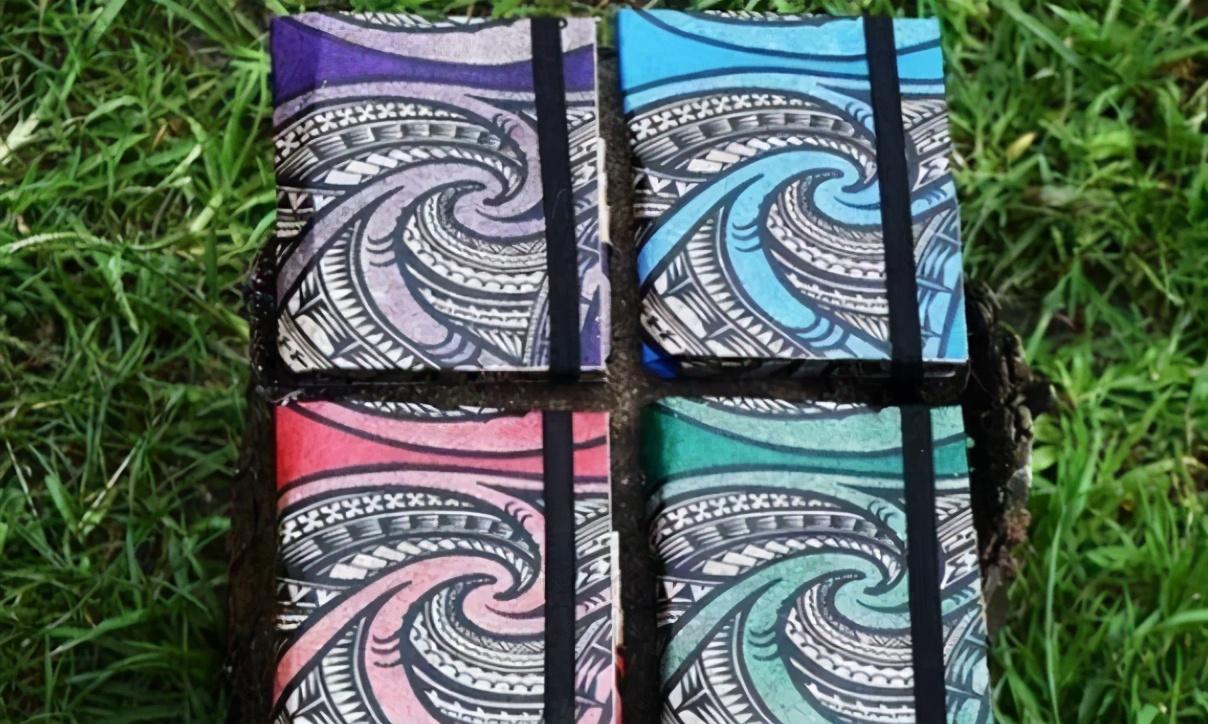
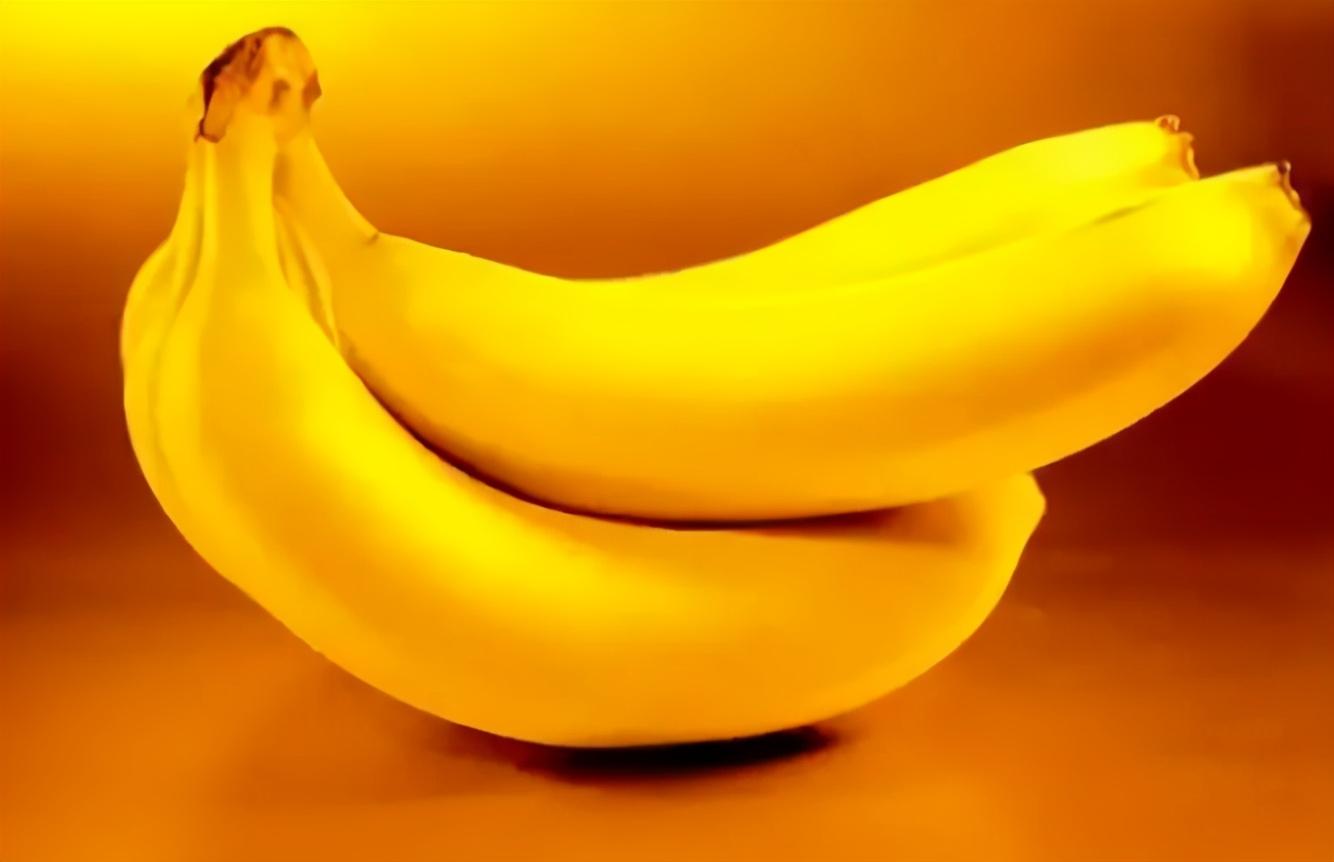
Using banana fiber to make fabrics is nothing new. . In Japan in the early 13th century, people began to extract fibers from the stems of banana trees to make fabrics. But with the rise of cotton and silk from China and India, the technology of using bananas as raw materials to make fabrics gradually disappeared.
Banana fiber is one of the strongest fibers in the world. This biodegradable natural fiber is very durable.
Banana fiber can be made into different fabrics and textiles according to the different weights and thicknesses of different parts of different banana stems. Strong and thick fibers are extracted from the outer sheath, while mostly soft fibers are extracted from the inner sheath. .
Apple pomace fiber
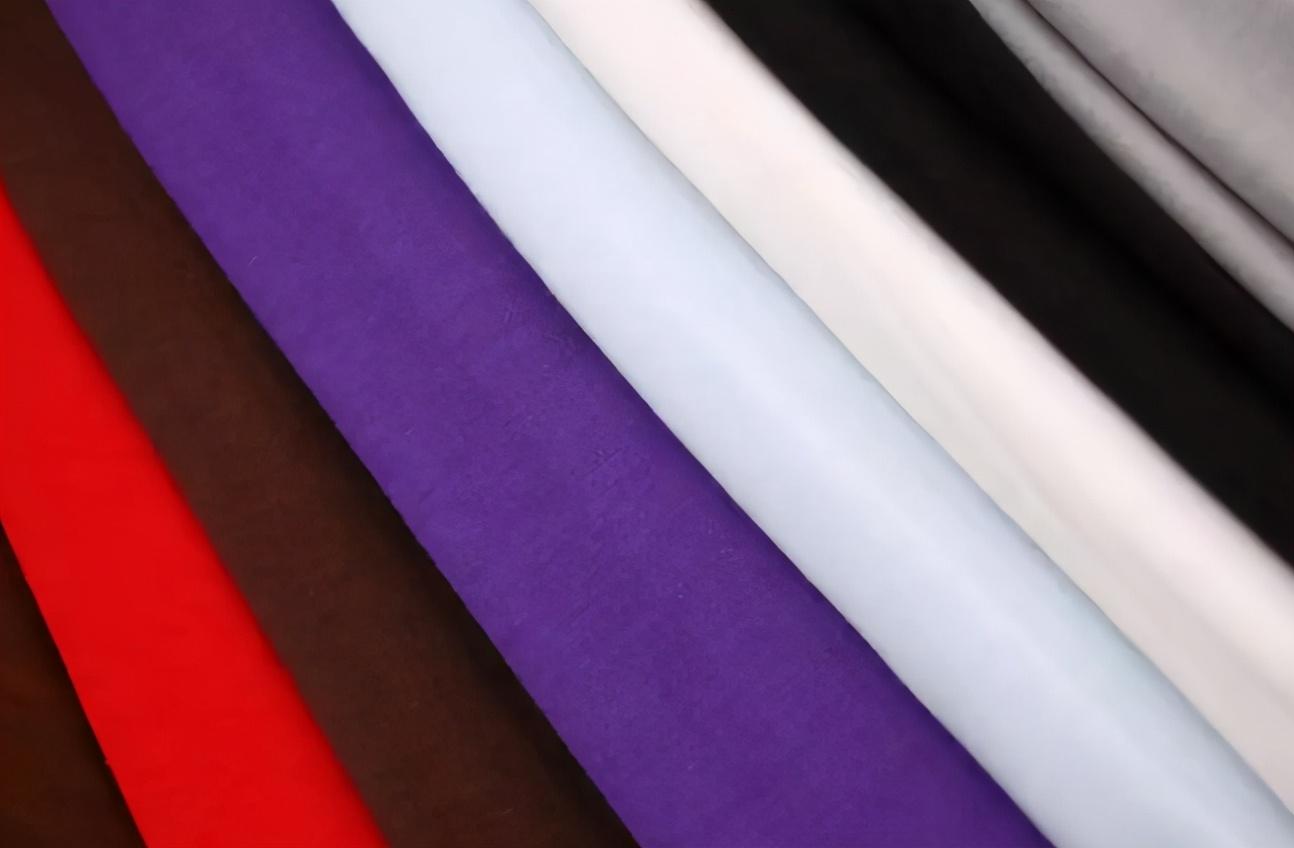
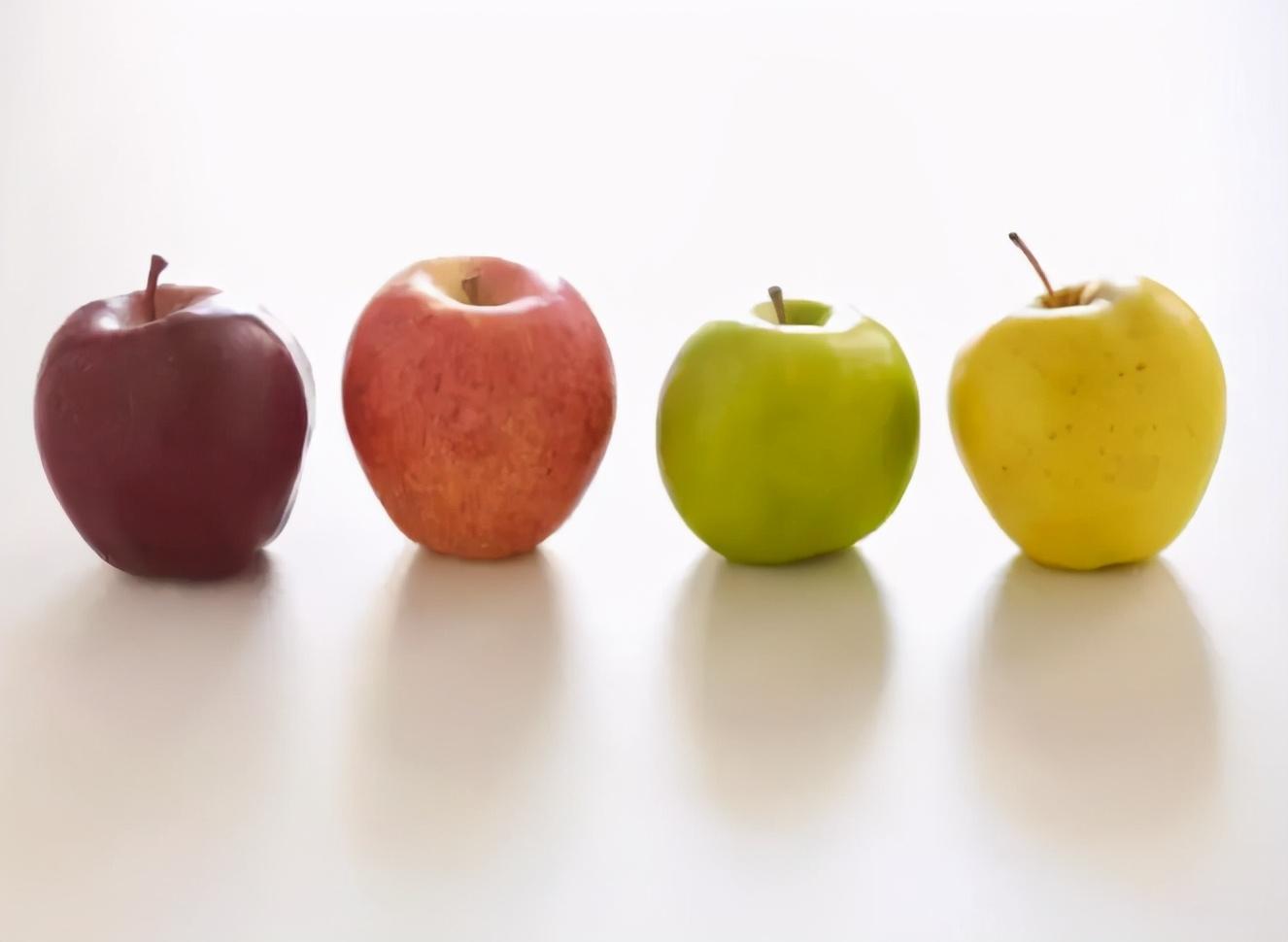
The handbag launched by Swiss environmentally friendly fashion brand AppleGenie is Made from apple scraps.
The founder of the brand
Schenker
He said that although many consumers appreciate the creativity of environmentally friendly materials, using apples as raw materials is still very different from traditional leather and artificial leather. To turn apple residue into material that can be made into bags, a lot of work needs to be done in the early stage: first, use flour bags to collect the discarded apple residue after people squeeze the juice, and then send it to the apple material processing factory in Florence, Italy. Among the apple residue The handbags are made by hand by adding dyes and adhesives to create the materials for the bags.
Environmental friendly viscose fiber
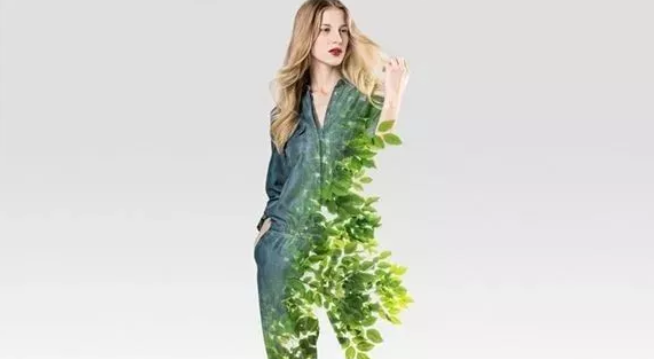
Lenzing Group Vice President of Global Textile Business Management said : “People tend to think of viscose fiber as an independent market. In fact, viscose fiber has formed a multi-level market at the same time. At the top of the pyramid of sustainable development is the greenest, cleanest viscose fiber manufactured in a certain factory. The bottom layer of viscose fiber is old-fashioned viscose fiber produced by some heavily polluting factories that are about to be shut down. This kind of pollution specifically refers to water pollution, sulfur emissions and the waste of wood resources caused by wastewater being discharged into rivers.







